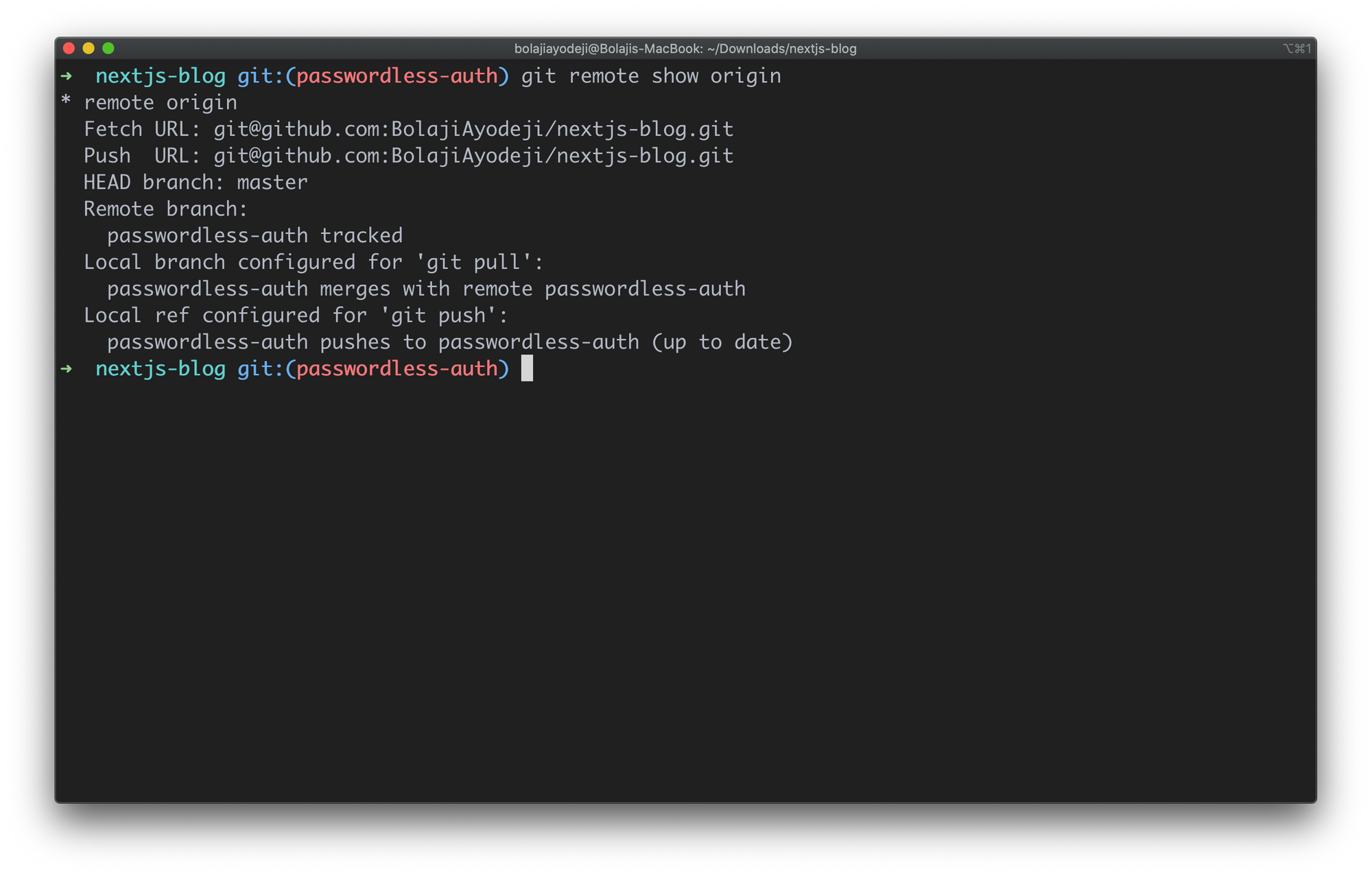
We can see the difference between the file at the working directory and at the staging area:īut once we put the file into the staging area, we do not see the difference between working tree and staging area: Picture from How do I show the changes which have been staged?. Suppose we made a change to a file, file4 at Local A:

We first ran git fetch origin to tell Git to fetch down all the data it has that we do not, then we ran git merge origin/master to merge into our current branch anything new we see on the server. Remote: Total 3 (delta 0), reused 0 (delta 0) Remote: Compressing objects: 100% (2/2), done. Suppose, the remote has been updated by adding file3. We need to use merge command as well as shown below.

In other words, the fetch alone cannot do update. Because this is not the default configured remoteįor your current branch, you must specify a branch on the command line.Ī fetch command does not make any changes to local branches, so we will need to merge a remote branch with a paired local branch to incorporate newly fetch changes. You asked to pull from the remote 'origin', but did not specifyĪ branch. Now, I (at local A) can get the updates using pull: The changes been made to the remote repository by the push command is shown in the picture below:Īnother team member at local (B) updates the remote using push: Once this is executed, all the stuff that we last synchronised with origin will be sent to the remote repository and other people will be able to see them there. The git push origin master command says "push the commits in the local branch named master to the remote named origin". Let's try it by initially pushing our master branch to the new origin remote we created earlier: Since we've already setup the remote alias via git remote add origin URI, in our push command, we can just push to origin instead of typing out the whole URI. To do this, we run git push which will attempt to make our the new on the remote. To share the commit we've done, we need to push our changes to the remote repository. Note that we must have an existing git repo to use this.Īs we'll see later, unlike the git remote add, the git clone creates a new git repository by copying an existing one located at the URI we specify. $ git remote add origin just created an entry in our git config that specifies a name for a particular URL via git remote add. It is a repository other than the one on our local machine which we can push our changes into (so that other people can see them) or pull from (so that we can get others changes). To communicate with the outside world, git uses what is called remote. $ git push –set-upstream origin new-branchīranch ‘new-branch’ set up to track remote branch ‘new-branch’ from ‘origin’.įailure to perform the –set-upstream step will causes pushes of the new branch to the remote repo to fail with the following error: fatal: The current branch has no upstream branch New Git branch pushed to GitHubĪ quick refresh on the project’s landing page on GitHub shows the new Git branch has been pushed to the remove successfully.The git is a distributed version control system. This step tells the new branch which remote repository to use every time it synchronizes its commit history. With a new branch created, the –set-upstream switch must be run the first time a push is performed. The git switch replaced checkout in a 2020 Git release. Note that in this example I use the git switch command to create and move to a new branch, rather than the git checkout command. Git branch -a main * new-branch remotes/origin/HEAD -> origin/main remotes/origin/main remotes/origin/new-branch There are many ways to create branches in Git.Ī git branch -a command will verify that the new Git branch to be pushed to the remote GitHub repo was indeed created locally.

To create a new local branch to be pushed to the remote GitHub repo, just run a Git branch, switch or checkout command. Simply use a git push origin command on subsequent pushes of the new branch to the remote repo.Continue to perform Git commits locally on the new branch.Perform a git push with the –set-upstream option to set the remote repo for the new branch.Create a new branch with the branch, switch or checkout commands.The steps to follow in order to push new Git branches to remote repos such as GitHub, GitLab or Bitbucket are as follows:
Git add remote branch from local code#
But how does a developer take the brilliant code they’ve written in a newly created Git branch and push to a remote GitHub repository? It’s not hard, but you do need to run a somewhat esoteric upstream branch Git configuration command before pushes to the remote GitHub repo become happenstance.


 0 kommentar(er)
0 kommentar(er)
